RFID Tag Installation: Key Steps for Efficient RFID Identification
334provide detailed analysis from the perspectives of installation preparation, methods, and precautions.
MoreAll RFID Product
Managing vehicle access is no longer about manual checks and long queues at gates. With RFID vehicle entry systems, everything can be automated, safe, and seamless. For software providers, understanding how these systems work and how to integrate them into management platforms is key.
RFID vehicle entry system uses radio-frequency identification technology to automatically recognize vehicles as they approach a gate or entrance. Each vehicle carries an RFID tag—this could be a sticker, a key fob, or even a dedicated parking permit. When a vehicle gets close to a reader, the system reads the tag, verifies permissions, and opens the gate if authorized.
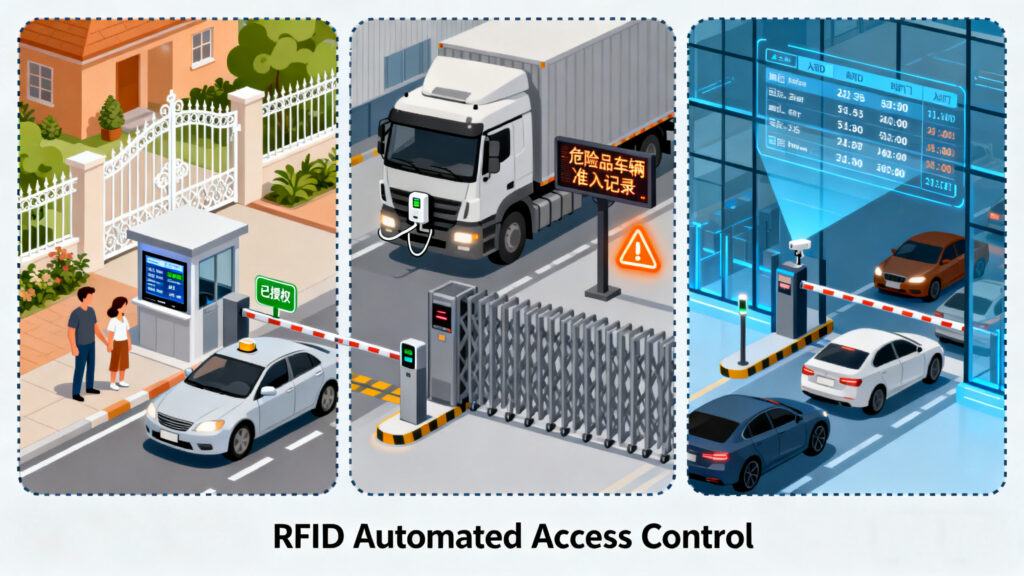
For software providers, this means connecting real-time RFID data into dashboards or WMS/ERP platforms, helping managers make smarter decisions without manual intervention.
These systems generally have three main components:
When a vehicle approaches, the reader emits a signal that powers the tag (if passive) or communicates with it (if active). The tag sends back its unique ID, which the software verifies against authorized vehicles. Once confirmed, the gate opens.
Software providers need to handle signals from all these types, ensure proper authentication, and feed this data into management platforms.
For software services, this data can be leveraged for analytics, reporting, and automated alerts, giving warehouse or facility managers actionable insights.
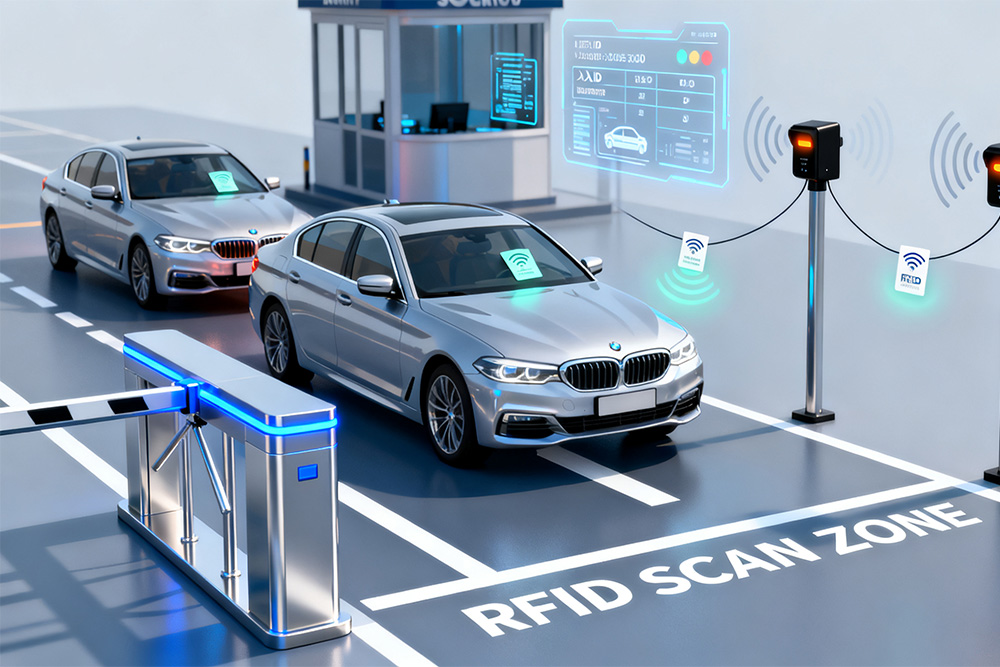
The hardware is just one side of the story. Software is what turns raw RFID signals into meaningful insights:
In short, RFID without intelligent software is just a tag and a reader. Software adds intelligence, visibility, and control.
When selecting an RFID vehicle entry system, software providers should consider:
RFID vehicle entry systems are transforming how facilities manage vehicles. For software providers, the opportunity lies in connecting the hardware to actionable insights—whether it’s real-time dashboards, automated alerts, or predictive analytics.
By understanding the types of tags, system architecture, and typical use cases, software services can deliver smarter, faster, and more secure vehicle management solutions. With the right software, RFID doesn’t just track vehicles—it creates a connected, intelligent entry system that improves efficiency, safety, and control.
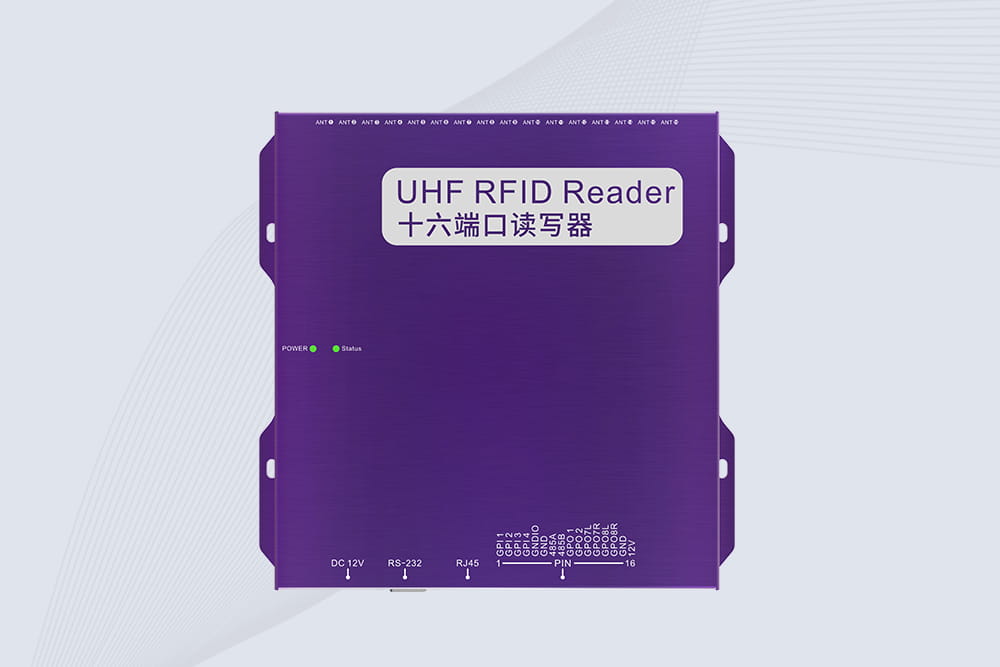
Cykeo CK-R16L UHF RFID fixed reader offers 16-channel scanning, 15m range, ISO 18000-6C compliance, and rugged design for smart lockers/warehouses. Integrates with WMS via TCP/IP.
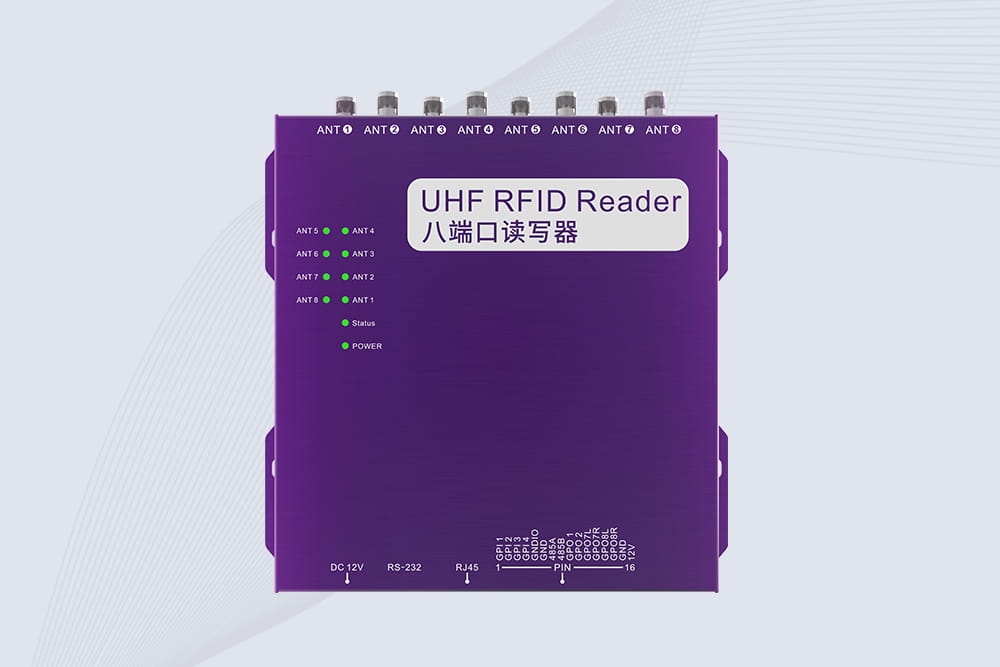
Cykeo’s CK-R8L UHF fixed RFID reader offers 8-antenna management, 20m range, and GB/T29768 compliance for automated logistics, manufacturing, and access control. Features Android 4.4, 33dBm power, and industrial I/O.
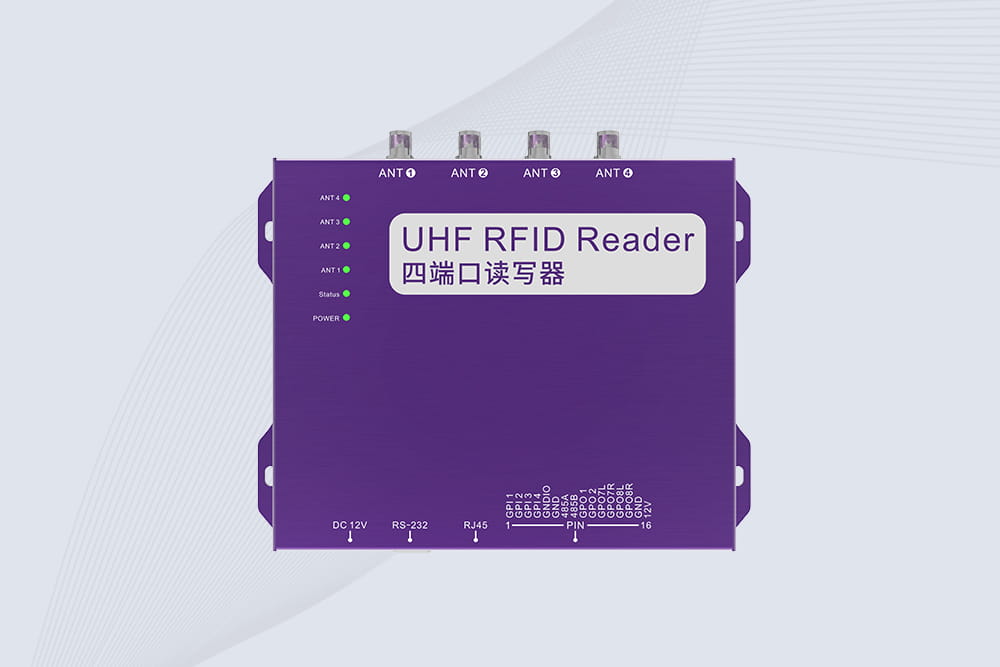
Cykeo’s CK-R4L 4-port Fixed UHF RFID Reader delivers 400 tags/sec scanning, ISO 18000-6C compliance, and IP65 protection. Ideal for warehouse automation, manufacturing WIP tracking, and logistics management.
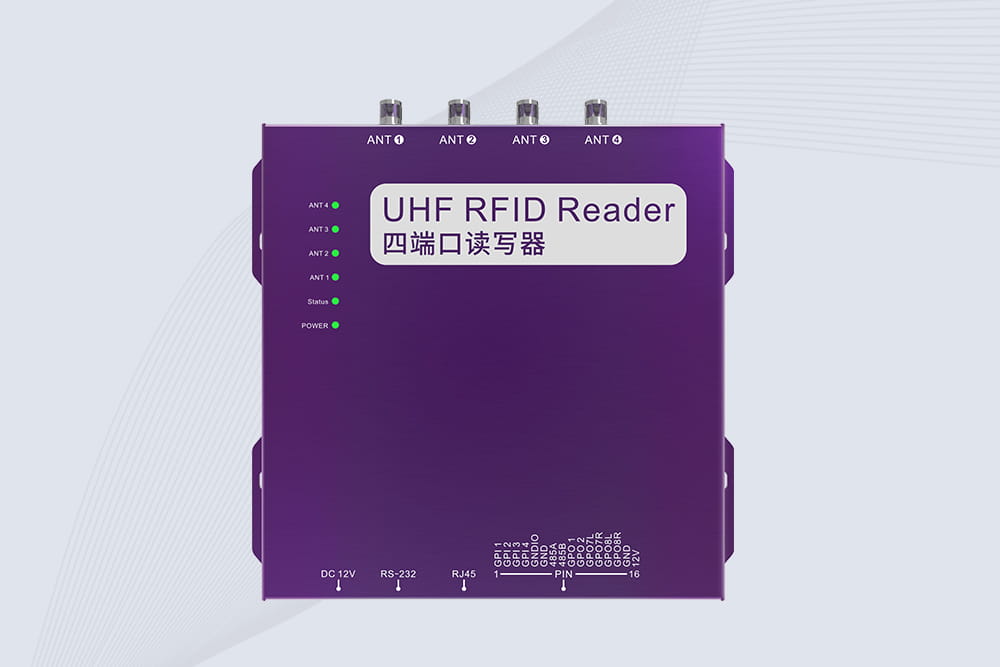
Cykeo CK-R4 industrial UHF RFID Fixed Reader features 4 TNC ports, 400+ tags/sec speed, IP67 housing, and global frequency compliance for vehicle inspection, smart warehouse, and asset management systems.
provide detailed analysis from the perspectives of installation preparation, methods, and precautions.
MoreExplore how mobile RFID equipment carts enhance efficiency in healthcare, industrial, and warehouse settings. Learn about automation in asset management, real-world case studies, selection advice, and practical user experience.
MoreLearn how to test RFID tags using your smartphone’s NFC feature. Discover apps, DIY methods, and troubleshooting tips for quick verification.
MoreDiscover how handheld RFID scanners transform retail operations—reduce stockouts, speed up checkout, and enhance customer satisfaction.
More